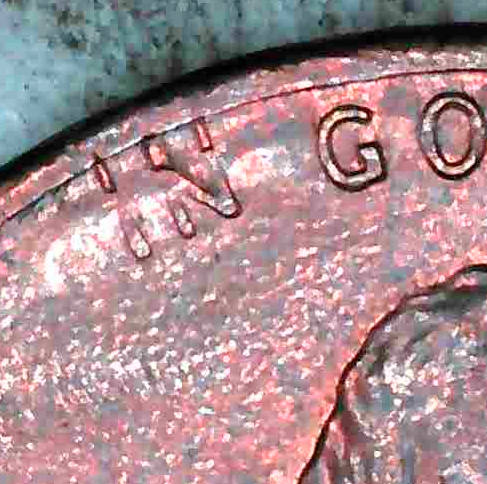When Eye Appeal Goes Wrong
A shiny coin isn’t always a good coin. Real value comes from originality, not polish. Once a surface is stripped or buffed, the damage can’t be undone, no matter how good it looks in photos.
A shiny coin isn’t always a good coin. Real value comes from originality, not polish. Once a surface is stripped or buffed, the damage can’t be undone, no matter how good it looks in photos.
Some coins look soft or half-struck even when they’re not worn. Learning to spot those weak, “mushy” details can help you catch counterfeits before they fool you.
Real luster moves. Fake luster flashes. If you can’t tell the difference, you’re gonna overpay for cleaned coins. Here’s how luster works, how it fades, and how to spot when someone’s tried to fake it.
Verdigris ruins coins. Patina protects them. If you can’t tell the difference, you’re either overcleaning or underreacting. Both will wreck your collection. Here’s how to know what you’re looking at and what to do next.
Everyone hears “never clean your coins,” and it’s usually the right advice. But there are a few rare situations where it actually makes sense. Here’s when to consider it and how to do it without ruining the coin.
That “IBERTY” penny in your hand isn’t a jackpot. Most missing letters come from grease in the die or plain damage. Fun to keep, cool to learn from, but not the kind of error that cashes out big.

That penny with letters smeared into the rim isn’t a rare doubled die. It’s metal flow. The press shoved soft copper sideways, warping the design. Cool to study, fun to save, but not a jackpot.
Think you found a repunched mintmark? Think again. If the doubling is only on the mintmark, it’s probably just a mechanical hiccup and not a rare variety. Here’s how to tell the difference between real value and junk that only looks good under a microscope.
PMD stands for Post-Mint Damage. It refers to anything that happened after a coin was struck. It doesn’t matter if the damage occurred at the mint or in someone’s pocket. If it didn’t happen during the minting process, it’s not an error. It’s damage.
Think your 1965 quarter might be silver? Most aren’t, but a few rare ones are worth thousands. This guide shows you how to check the edge, weigh the coin, and know what to look for.